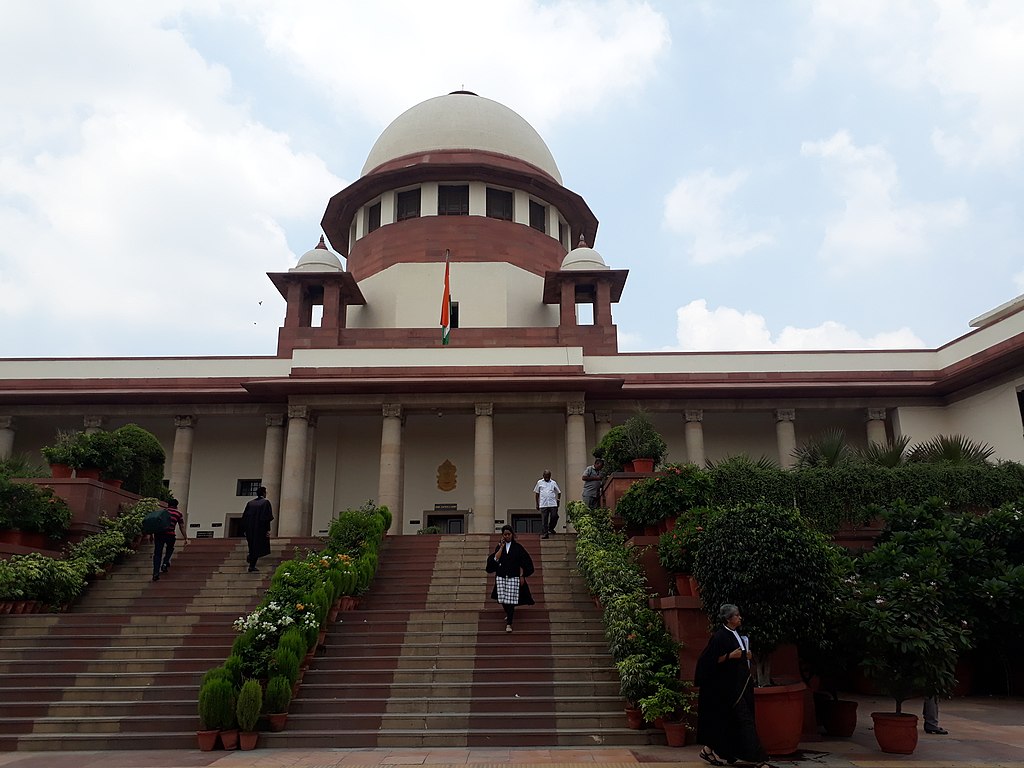India’s Insolvency and Bankruptcy Code was held to be constitutionally valid in its “entirety” on Friday.
A Supreme Court bench comprising judges Rohinton Nariman and Navin Sinha ruled that the code, which seeks to consolidate and amend the laws relating to insolvency and bankruptcy, is in consonance with the fundamental rights guaranteed under the country’s constitution.
The legislation was introduced in 2016 with the intention of facilitating the resolution of corporate bankruptcy in a time-bound manner. It was challenged in a number of court petitions primarily contending that the distinction the code draws between “operational creditors” and “financial creditors” is discriminatory and loaded in favor of the latter.
Section 5(7) defines a “financial creditor” as one to “to whom a financial debt is owed,” and Section 5(20) defines an “operational creditor” as one “to whom an operational debt is owed.” The terms “financial debt” and “operational debt” are defined in Section 5(8) and 5(21) respectively. The Bankruptcy Law Reforms Committee, in its November 2015 report, said that financial creditors are “those whose relationship with the entity is a pure financial contract, such as a loan or debt security,” while operational creditors “are those whose liabilities from the entity come from a transaction on operations.” The statute, under Section 7, lays down a different corporate insolvency resolution process for financial creditors compared to the one established for operational creditors under Section 8 and Section 9. Section 53 delineates the “order of priority” in which proceeds from the sale of the liquidation assets, in the event of insolvency, are to be distributed. It ranks financial creditors, both secured and unsecured, above operational creditors.
The petitioners argued that there was no “intelligible differentia” between the two categories sufficient to warrant the drawing of such distinction and that it amounted to treating equals unequally. They claimed that the categorization stood in violation of Article 14 of the Constitution of India, which guarantees equality. Section 53 was challenged on similar lines, and the petitioners were of the view that the low priority assigned to operational creditors would often result in them getting either very little or nothing upon the sale of a corporate debtor’s liquidation assets.
Nariman, who authored the judgment, dismissed the petitioners’ contention and stated, “financial creditors are, from the very beginning, involved with assessing the viability of the corporate debtor.” He added that “financial creditors are clearly different from operational creditors and therefore, there is obviously an intelligible differentia between the two which has a direct relation to the objects sought to be achieved by the Code.” The court identified a number of grounds on which it ruled that the code’s differentiation between operational and financial creditors is not ultra vires the constitution.
It observed that financial contracts generally involve large sums of money, but operational contracts have dues whose “quantum is generally less.” It noted, “the nature of loan agreements with financial creditors is different from contracts with operational creditors for supplying goods and services,” financial creditors generally lend finance on a term loan or for working capital that enables the corporate debtor to set up or operate a business. Contracts with operational creditors deal with the supply of goods and services in the operation of a business. The bench also took note of the different positions that financial and operational creditors have under the law, it ruled that financial creditors can engage in the restructuring of a loan as well as in the reorganization of the corporate debtor’s business when there is financial stress, “which are things operational creditors do not and cannot do.”
On Section 53, the bench held that the “relative importance” of the two types of debts is different and that this difference is sufficient for financial debts to be accorded precedence over operational debts without leaving the “intelligible differentia” criterion unsatisfied. It observed that the repayment of financial debts infuses capital into the economy since banks and financial institutions are able, with the money that has been paid back, “to further lend such money to other entrepreneurs for their business.


